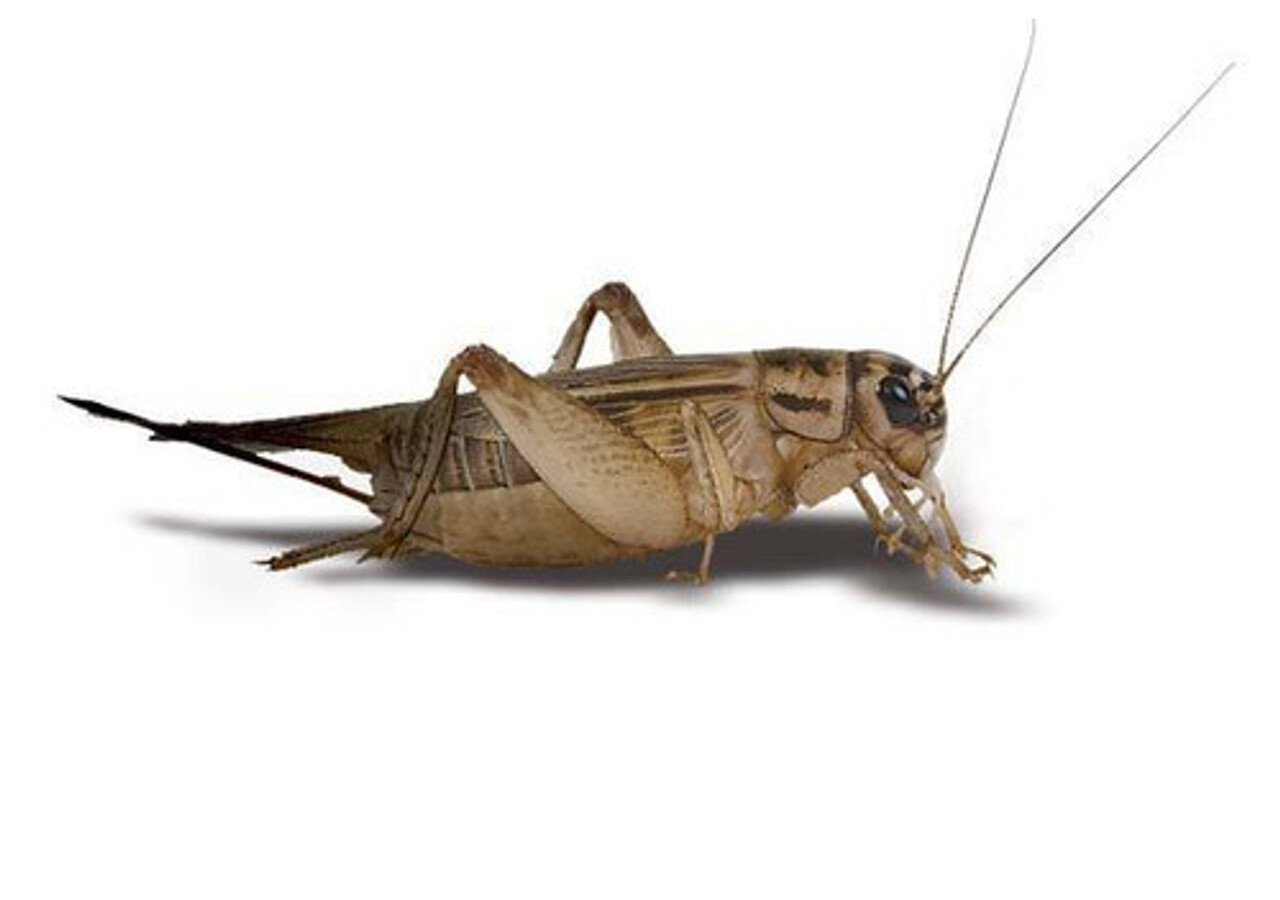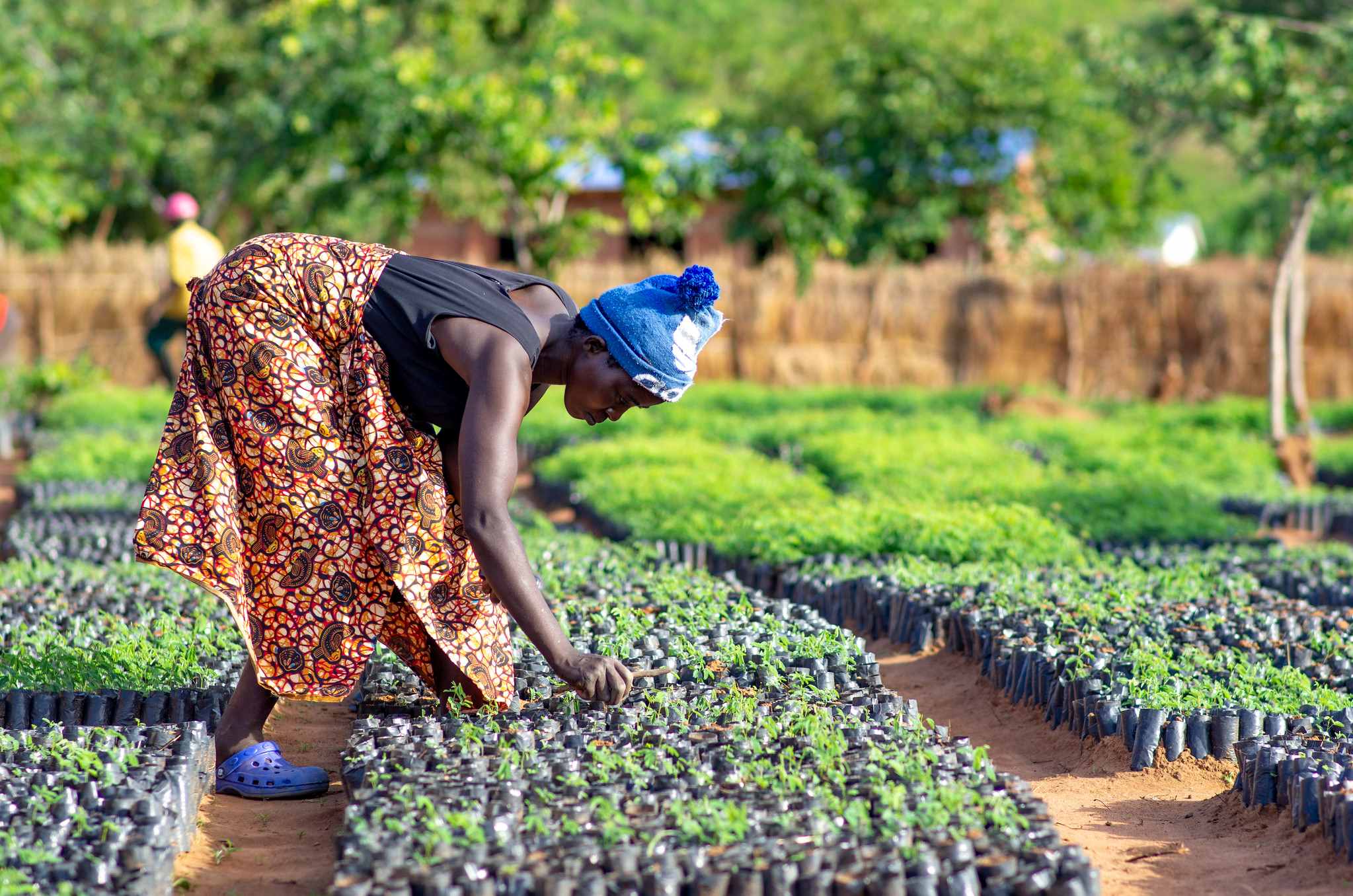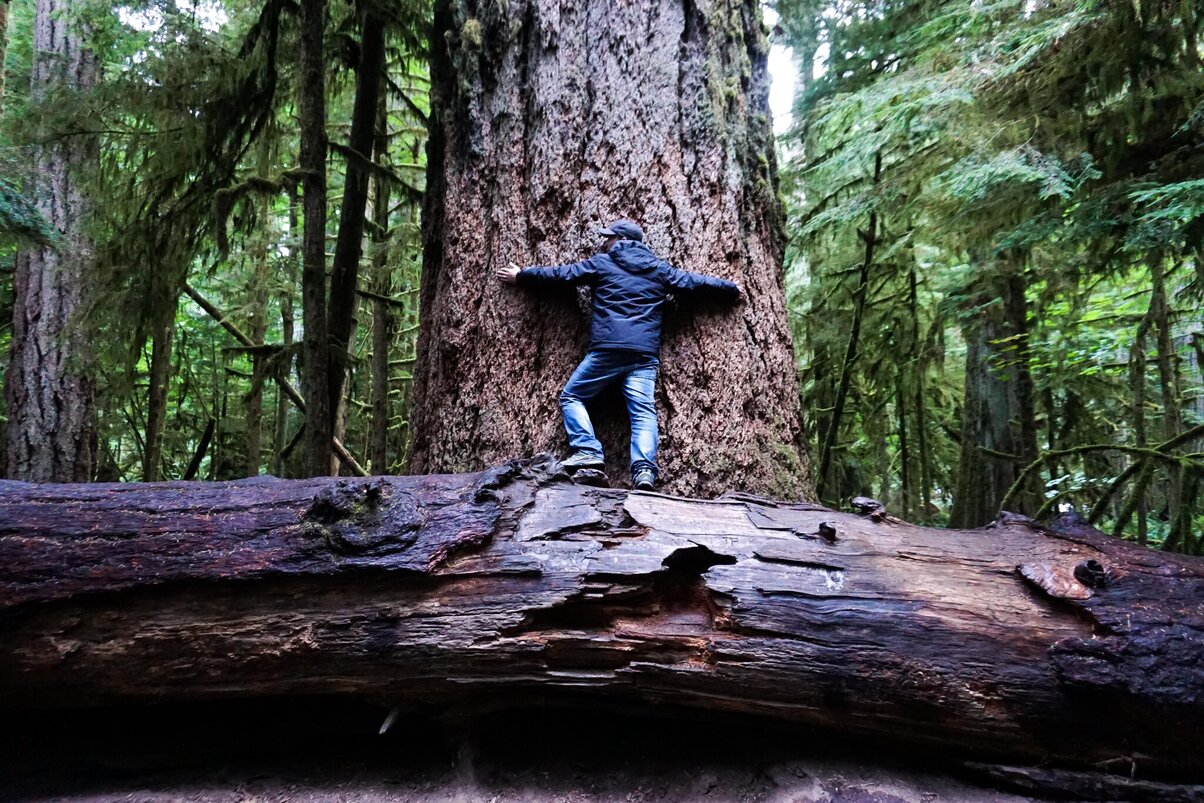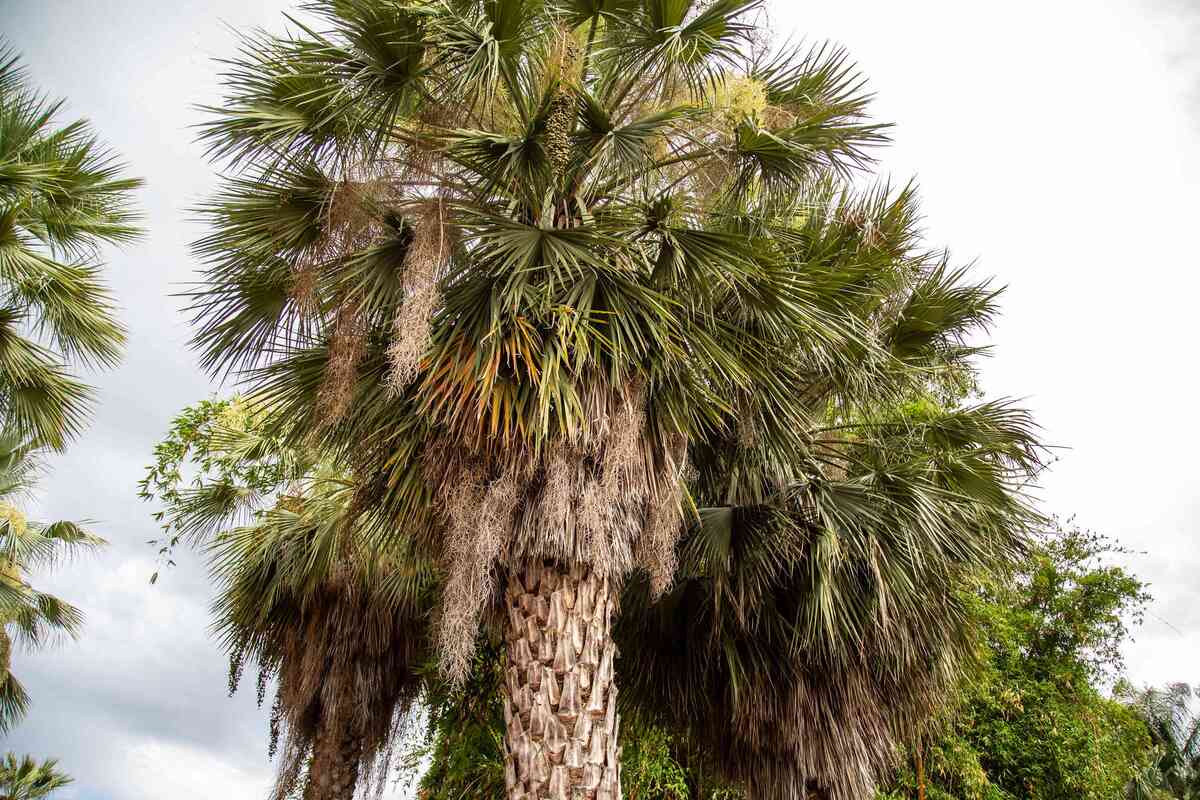Home>Gardening News and Trends>Latest News>What Insects Live In The Tundra
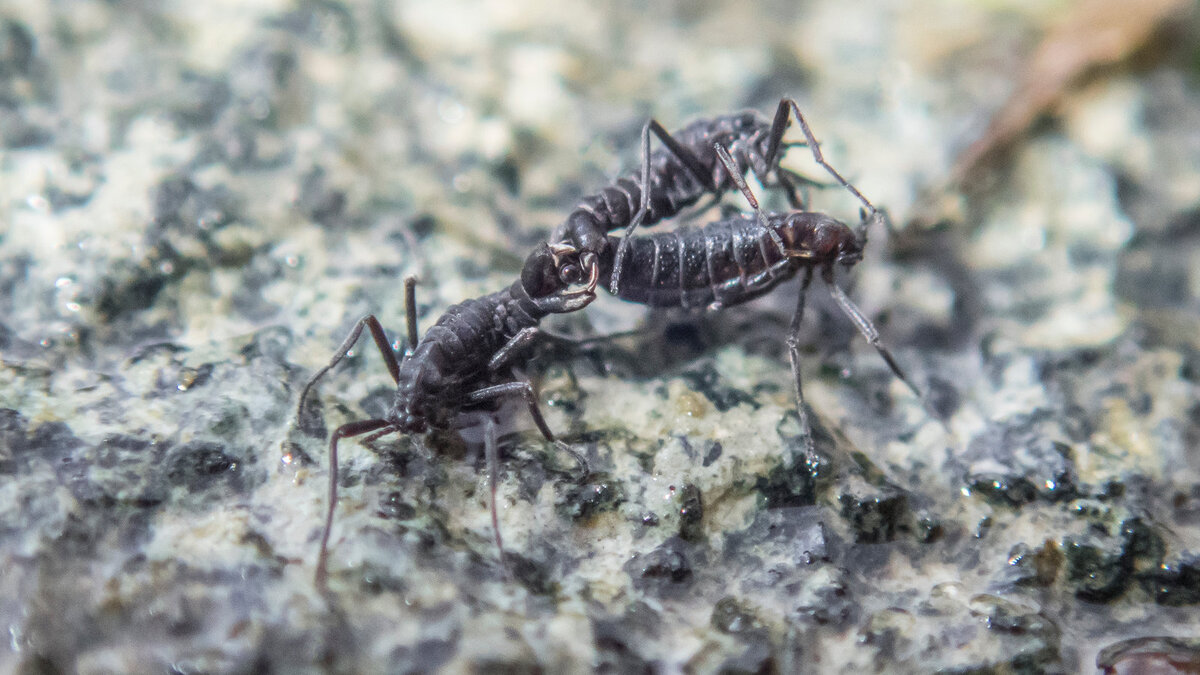

Latest News
What Insects Live In The Tundra
Published: December 11, 2023
Discover the latest news on the diverse insect species that make their homes in the harsh and fascinating tundra environment. Uncover the hidden secrets of these resilient creatures and their adaptations to survive in extreme conditions.
(Many of the links in this article redirect to a specific reviewed product. Your purchase of these products through affiliate links helps to generate commission for Chicagolandgardening.com, at no extra cost. Learn more)
Table of Contents
Introduction
The Tundra is a vast, unique, and fragile biome that covers large areas of the Earth’s polar regions. It is characterized by its cold temperatures, strong winds, frozen ground, and a lack of trees. While it may seem like an inhospitable environment for life to thrive, the Tundra is home to a diverse array of organisms, including insects.
Insects play a crucial role in the Tundra ecosystem and are vital for its functioning. Despite their small size, these tiny creatures have adapted to survive in the harsh conditions of the Tundra and have fascinating strategies to cope with the extreme cold.
This article will provide an overview of the Tundra biome, highlight the importance of insects in its ecosystem, discuss the adaptations of insects to the Tundra environment, and explore some of the common insect species found in this unique habitat. Furthermore, we will examine the role that insects play in the food web of the Tundra and discuss the environmental threats they face. Finally, we will delve into the conservation measures that can help protect insects in the Tundra.
Through this exploration, we will gain a better understanding of the intricate balance and interdependence of life in the Tundra and the critical role that insects play in sustaining this fragile ecosystem.
Overview of the Tundra
The Tundra is a unique biome that spans across the Arctic and Antarctic regions of the Earth. It is characterized by its extreme cold temperatures, long and harsh winters, and short summers. The Tundra is divided into two types: the Arctic Tundra, found in the Northern Hemisphere, and the Alpine Tundra, found in high altitude areas.
One of the defining features of the Tundra is the permafrost, a layer of permanently frozen soil that extends below the surface. The permafrost restricts the growth of deep-rooted plants, resulting in a sparse vegetation cover. Trees are virtually absent in the Tundra, and instead, low-growing shrubs, lichens, mosses, and grasses dominate the landscape. The Tundra also experiences strong winds, which can further hinder plant growth.
Due to its extreme climate and limited vegetation, the Tundra supports a relatively low biodiversity compared to other biomes. However, it is home to a variety of unique and specialized organisms that have adapted to its challenging conditions.
In addition to insects, the Tundra is inhabited by a range of animals, including mammals like the Arctic fox, polar bear, and caribou, as well as birds such as snowy owls and ptarmigans. These animals have developed their own adaptations to survive in the Tundra, such as thick fur or feathers, hibernation, and migration.
Overall, the Tundra is a delicate and fragile ecosystem that relies on the interactions between its inhabitants and the environment. Understanding the intricacies of this biome is essential for comprehending the role of insects within the Tundra ecosystem and the challenges they face in this harsh environment.
Importance of Insects in the Tundra Ecosystem
Insects may be small in size, but their presence in the Tundra ecosystem is of great significance. They are crucial for various ecological processes and contribute to the overall functioning and balance of the biome.
One of the key roles of insects in the Tundra is pollination. Many plant species in this cold environment rely on insects, such as bees and flies, to transfer pollen from male to female reproductive structures. Through this process, insects play a vital role in facilitating the reproduction and genetic diversity of Tundra plant species. This, in turn, sustains the availability of food sources for other organisms.
Additionally, insects serve as a crucial food source for many animals in the Tundra. Insectivorous birds, such as the Arctic tern and the Northern wheatear, depend on insects for sustenance during the breeding season when other food sources may be limited. Small mammals like lemmings and voles also include insects in their diet. By controlling insect populations, these predators help to maintain the delicate balance of the Tundra ecosystem.
Insects also contribute to nutrient cycling in the Tundra. Decomposer insects, such as beetles and flies, play a vital role in breaking down organic matter, including dead plant materials and animal carcasses. Through their feeding and decomposition activities, these insects help release essential nutrients back into the soil, making them available for other organisms and supporting the growth of Tundra vegetation.
Moreover, insects play a significant role in seed dispersal. Some insects, such as bees and butterflies, unintentionally carry the seeds of plants on their bodies as they forage for nectar. In doing so, they transport these seeds to new locations, aiding in the dispersal and colonization of Tundra plant species.
Overall, insects are an integral part of the Tundra ecosystem, participating in pollination, providing a food source for predators, contributing to nutrient cycling, and aiding in seed dispersal. Their presence and interactions help maintain the intricate web of life in this harsh environment.
Adaptations of Insects in the Tundra
Insects that inhabit the Tundra have developed remarkable adaptations to survive in the extreme cold and harsh conditions of this biome. These adaptations enable them to withstand freezing temperatures, scarcity of food, and limited resources.
One of the most crucial adaptations of Tundra insects is their ability to endure the frigid temperatures. Many insects have a special type of antifreeze proteins in their bodies that prevent the formation of ice crystals within their cells. This adaptation allows them to survive in sub-zero temperatures without sustaining damage to their tissues.
In addition to antifreeze proteins, some insects have the ability to enter a state of diapause. Diapause is a type of hibernation or dormancy that insects can enter to conserve energy during the long, cold winters of the Tundra. In diapause, the insect’s metabolic rate slows down, and it becomes inactive until more favorable conditions arise.
Tundra insects also have adaptations to cope with the limited food resources available in this environment. Many species have a diverse diet, enabling them to feed on a wide range of plant materials, including lichens, mosses, and even dead animal matter. This flexibility in their diet allows them to utilize whatever food sources are available during different seasons.
Furthermore, Tundra insects often have specific morphological adaptations that aid in their survival. Some species have modified mouthparts that allow them to extract nutrients from tough plant tissues or scavenge for decomposing organic matter. Others have specialized hairs or scales on their bodies that provide insulation and prevent heat loss.
Behavioral adaptations also play a significant role in the survival of Tundra insects. Many species have developed strategies to avoid extreme weather conditions, such as seeking shelter in rocky crevices or burrowing into the soil during harsh winters. Some insects have even synchronized their reproductive cycles to the short and intense summer season, maximizing their chances of successful reproduction and survival.
By combining these various adaptations, insects in the Tundra are able to not only survive but also thrive in the challenging conditions of this biome. These adaptations highlight the remarkable resilience and ingenuity of these small yet vital organisms.
Common Insects Found in the Tundra
The Tundra is home to a variety of insect species that have adapted to the unique challenges of this cold and harsh environment. While the number of insect species in the Tundra is generally lower compared to other biomes, there are still several notable and commonly found insects in this region.
One such insect is the Arctic bumblebee (Bombus polaris). These bees are well-suited to the Tundra due to their ability to regulate their body temperature and withstand cold temperatures. They are important pollinators for Tundra plant species, ensuring the reproduction and genetic diversity of plants in this ecosystem.
The Arctic woolly bear caterpillar (Gynaephora groenlandica) is another common insect found in the Tundra. These caterpillars have adapted to the cold climate by growing a dense layer of hair-like setae on their bodies, providing insulation and protection from the cold. They are known for their distinct appearance and are an important food source for bird species in the Tundra.
The Tundra mosquito (Aedes nigripes) is also prevalent in this biome. Despite their reputation as pests, these mosquitoes play a crucial role in the ecosystem. They are a food source for insectivorous birds and bats, contributing to the energy flow within the Tundra food web. Tundra mosquitoes have adapted to their environment by having a short life cycle, allowing them to undergo rapid development during the short summer season.
Another insect found in the Tundra is the Arctic butterfly (Oeneis glacialis). These butterflies have evolved to handle the extreme cold by having dark-colored wings that absorb sunlight and warm their bodies more efficiently. They have a slow metabolic rate, enabling them to conserve energy during the long winters and survive on limited resources.
The Arctic ground beetle (Steropus borealis) is a common ground-dwelling insect in the Tundra. These beetles have adapted to the cold by having a thick exoskeleton and the ability to tolerate freezing temperatures. They are active predators that feed on other insects, helping to regulate insect populations within the Tundra ecosystem.
These are just a few examples of the many insect species that inhabit the Tundra. Each species has its own unique set of adaptations that allow them to thrive in the harsh conditions of this biome. They serve important ecological roles and contribute to the overall biodiversity and functioning of the Tundra ecosystem.
Role of Insects in the Tundra Food Web
Insects play a crucial role in the intricate web of life within the Tundra food web. They occupy various trophic levels and contribute to energy transfer, nutrient cycling, and the overall balance of the ecosystem.
At the primary level, insects, particularly pollinators such as bees and flies, play a vital role in the reproduction of Tundra plant species. They facilitate the transfer of pollen between flowers, allowing for the production of seeds and fruits. This pollination process is essential for the survival and genetic diversity of plant populations in the Tundra. In turn, the plants provide a food source and shelter for many other organisms in the ecosystem.
At the secondary level, insects act as a critical food source for a variety of organisms. Insectivorous birds, such as the Arctic tern and the Northern wheatear, heavily rely on insects to sustain themselves and their offspring during the breeding season. These birds play an important role in controlling insect populations and maintaining balance within the ecosystem. They are part of a predator-prey relationship wherein the reduction in insect numbers can impact the availability of food for birds and other insectivorous animals.
Insects also contribute to the nutrient cycling within the Tundra ecosystem. Decomposer insects, such as beetles and flies, feed on dead plant materials and animal carcasses, breaking them down into smaller pieces. This decomposition process releases nutrients back into the soil, making them available for plants and other organisms. In turn, these plants provide food and shelter for insects, continuing the cycle and maintaining the overall health of the ecosystem.
Furthermore, insects play a role in seed dispersal. Some insects inadvertently pick up the seeds of plants on their bodies as they move from flower to flower. They then transport these seeds to new locations, aiding in the colonization and distribution of Tundra plant species. This dispersal mechanism helps to maintain genetic diversity and allows for the expansion of plant populations within the Tundra.
Overall, insects play a central role in the Tundra food web by pollinating plants, serving as a food source for insectivorous birds and other predators, contributing to nutrient cycling, and aiding in seed dispersal. Their presence and interactions are vital for sustaining the balance and functionality of the Tundra ecosystem.
Environmental Threats to Tundra Insects
Tundra insects face several environmental threats that can negatively impact their populations and overall well-being. These threats are primarily driven by human activities and the changing climate, which have profound effects on the fragile Tundra ecosystem.
One of the significant threats to Tundra insects is habitat loss and fragmentation. With increasing industrial activities, such as mining and oil extraction, large areas of the Tundra are being disrupted and destroyed. Insect populations that rely on specific habitats, such as specialized plants or microhabitats, are particularly vulnerable. The loss of these habitats can lead to a decline in insect abundance and diversity, disrupting the delicate balance of the ecosystem.
The changing climate poses a significant threat to Tundra insects. Warming temperatures can alter the timing of key life cycle events, such as emergence from diapause or the synchronization of reproduction with food availability. Shifts in timing can lead to mismatches with other species and impact the availability of resources. Additionally, warmer temperatures may also facilitate the invasion of non-native insect species, which can outcompete native insects and disrupt the native food web.
The melting of permafrost, a consequence of climate change, can have significant implications for Tundra insects. Permafrost acts as a stable ground layer that provides insulation and support for vegetation. As permafrost thaws, it can lead to changes in soil moisture, affecting the availability of suitable habitat for insects. It can also disrupt the relationships between insects and their host plants, potentially leading to population declines and local extinctions.
Pollution is another threat to Tundra insects. Chemical contaminants, such as pesticides and heavy metals, can accumulate in the ecosystem and impact insect populations. These pollutants can disrupt the reproductive abilities of insects, affect their foraging behavior, and even cause direct mortality. Pollution sources, such as industrial activities and transportation, need to be carefully managed to minimize their impact on Tundra insects.
Lastly, human disturbance, such as recreational activities and tourism, can disturb and disrupt Tundra insect populations. Noise, pollution, and trampling of habitat can result in diminished reproductive success and increased stress among insect populations. Proper management and regulation of these activities are necessary to mitigate the impacts on Tundra insects and their fragile habitat.
It is crucial to recognize these environmental threats and take proactive measures to protect Tundra insects and their habitats. Conservation efforts, including the establishment of protected areas, sustainable land-use practices, and monitoring of insect populations, are essential in preserving the delicate balance of the Tundra ecosystem and safeguarding the future of these unique and valuable insect species.
Conservation Measures for Tundra Insects
Protecting Tundra insects and their habitats is crucial for maintaining the health and biodiversity of the Tundra ecosystem. Here are some key conservation measures that can be implemented to help safeguard Tundra insects:
1. Protected Areas: Establishing protected areas, such as national parks and reserves, is essential for preserving the natural habitats of Tundra insects. These designated areas can provide a safe haven where insect populations can thrive without disturbance from human activities.
2. Habitat Restoration: Initiating habitat restoration projects can help reverse the effects of habitat loss and fragmentation. This can involve restoring degraded areas by replanting native vegetation, creating suitable microhabitats, and implementing strategies to improve soil conditions.
3. Climate Change Mitigation: Taking proactive measures to address climate change is crucial for the long-term survival of Tundra insects. Reducing greenhouse gas emissions, promoting renewable energy sources, and implementing sustainable land-use practices can all contribute to mitigating the impacts of climate change on Tundra ecosystems.
4. Pollution Control: Implementing strict regulations and practices to reduce pollution is essential for protecting Tundra insects. This includes minimizing the use of pesticides, properly managing waste, and promoting sustainable industrial practices that minimize pollution and chemical contamination in Tundra habitats.
5. Education and Awareness: Increasing public awareness about the importance of Tundra insects and the threats they face is vital for fostering conservation efforts. Education campaigns, community engagement, and citizen science initiatives can play a crucial role in involving the public in insect conservation and fostering a sense of responsibility towards protecting Tundra ecosystems.
6. Research and Monitoring: Conducting scientific research and monitoring programs is essential for understanding the dynamics of Tundra insect populations and identifying any potential threats. This information can inform conservation strategies, facilitate early detection of population declines, and guide management decisions.
7. Collaboration: Collaboration between governments, researchers, local communities, and conservation organizations is crucial for effective Tundra insect conservation. By working together, stakeholders can combine their knowledge, resources, and expertise to develop comprehensive conservation plans and implement effective management strategies.
By implementing these conservation measures and prioritizing the protection of Tundra insects, we can ensure the preservation of these vital components of the Tundra ecosystem. Such efforts not only benefit the insects themselves but also contribute to the overall resilience and integrity of the Tundra biome.
Conclusion
The Tundra biome is a unique and fragile ecosystem that is home to a diverse array of insects. Despite the harsh and challenging conditions, these small creatures have adapted remarkable strategies to survive in the extreme cold and limited resources of the Tundra.
Insects play a vital role in the Tundra ecosystem, serving as pollinators, food sources, and contributors to nutrient cycling. They are intricately woven into the web of life, interacting with plants, other insects, and higher trophic levels in the food web. Without insects, the delicate balance and functioning of the Tundra would be severely disrupted.
However, Tundra insects face numerous environmental threats. Habitat loss, climate change, pollution, and human disturbance are all factors that can impact their populations and disrupt the intricate relationships they have with other organisms in the ecosystem. These threats highlight the need for effective conservation measures to protect Tundra insects and their habitats.
Conservation efforts, such as the establishment of protected areas, habitat restoration, climate change mitigation, and pollution control, are essential for preserving the diversity and resilience of Tundra insects. Collaboration, education, research, and monitoring are also vital components in ensuring their survival and the long-term health of the Tundra ecosystem.
With a proactive and holistic approach to insect conservation, we can safeguard the delicate balance of the Tundra and maintain the vital services that these small but essential creatures provide. By valuing and protecting Tundra insects, we can help sustain the biodiversity and ecological integrity of this unique biome for generations to come.


